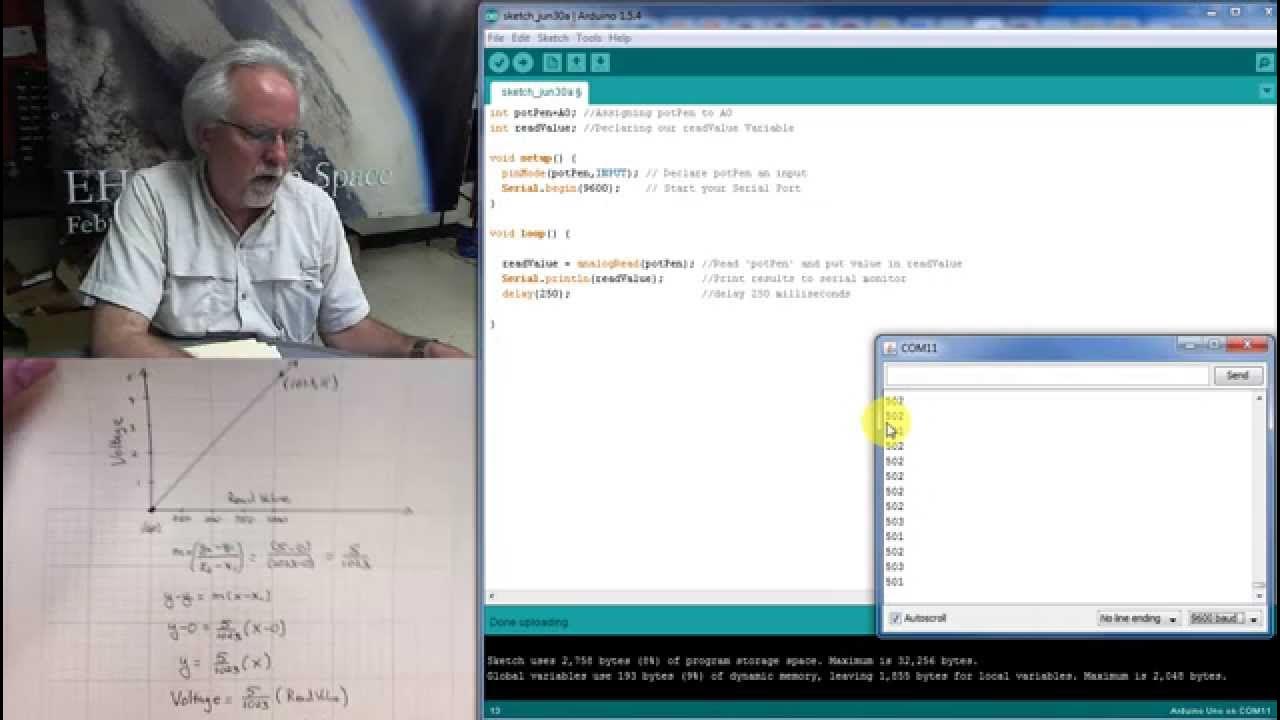Mechanism of Action of Acyclovir
Summary
TLDRThis video provides an in-depth explanation of the mechanism of action of acyclovir, a nucleoside analog of guanosine. Acyclovir works by being phosphorylated within viral-infected cells, where it disrupts viral DNA synthesis by causing chain termination. The script emphasizes acyclovir's specificity for infected cells, as it is primarily activated by the viral thymidine kinase. The video also highlights the drug's efficacy against herpesviruses like HSV, varicella-zoster, and Epstein-Barr virus, making it a key treatment in viral infections. The content is aimed at medical students, particularly for an exam on pharmacology in virology.
Takeaways
- 😀 Acyclovir is a nucleoside analog of guanosine, which mimics the structure of deoxyguanosine.
- 😀 Acyclovir is initially phosphorylated by the viral thymidine kinase, which is the key step in its activation in infected cells.
- 😀 After phosphorylation, acyclovir becomes acyclovir monophosphate, then it is further converted into acyclovir triphosphate by cellular enzymes.
- 😀 Acyclovir triphosphate incorporates into the viral DNA chain during replication, but lacks a 3' hydroxyl group, causing chain termination.
- 😀 The lack of a 3' hydroxyl group in acyclovir is the key reason it terminates viral DNA synthesis.
- 😀 Acyclovir’s selective action is due to its preference for viral thymidine kinase, which is present in infected cells but not in healthy cells.
- 😀 Acyclovir triphosphate is a potent inhibitor of viral DNA polymerase, more effective than the cellular DNA polymerase.
- 😀 Acyclovir is effective against viruses in the Herpesviridae family, including Herpes Simplex Virus (HSV), Varicella-Zoster Virus (VZV), and Epstein-Barr Virus (EBV).
- 😀 The mechanism of acyclovir involves chain termination of viral DNA during replication, similar to how Sanger sequencing terminates chains using dideoxynucleotides.
- 😀 Normal, uninfected cells do not phosphorylate significant amounts of acyclovir, which reduces its toxicity to healthy cells.
Q & A
What is acyclovir and how does it relate to guanosine?
-Acyclovir is a nucleoside analog, specifically an analog of guanosine. It is structurally similar to guanosine, but lacks the 3' hydroxyl group essential for DNA chain elongation during replication.
Why is the 3' hydroxyl group important in DNA synthesis?
-The 3' hydroxyl group is crucial for DNA chain elongation as it allows the addition of the next nucleotide during DNA synthesis. Without this group, the chain cannot continue growing.
What happens when acyclovir is incorporated into the viral DNA chain?
-When acyclovir is incorporated into the growing viral DNA chain, the lack of a 3' hydroxyl group leads to chain termination, stopping further DNA replication.
What enzymes are involved in the activation of acyclovir in infected cells?
-Infected cells activate acyclovir through the viral enzyme thymidine kinase, which first phosphorylates acyclovir to acyclovir monophosphate. Cellular enzymes then further phosphorylate it to acyclovir triphosphate.
How does the viral thymidine kinase contribute to the specificity of acyclovir?
-The viral thymidine kinase has a high affinity for acyclovir, which allows it to selectively phosphorylate acyclovir in infected cells. This specificity ensures that acyclovir predominantly acts on viral-infected cells and not on normal cells.
Why is acyclovir more effective against viral DNA polymerase than cellular DNA polymerase?
-Acyclovir triphosphate is a stronger inhibitor of viral DNA polymerase than cellular DNA polymerase, making it more effective at preventing viral replication without significantly affecting the host's normal DNA replication.
What types of viruses is acyclovir effective against?
-Acyclovir is effective against viruses in the herpesvirus family, including Herpes Simplex Virus (HSV), Varicella-Zoster Virus (VZV), and Epstein-Barr Virus (EBV).
How does acyclovir achieve selectivity in its action against viral infections?
-Acyclovir is selectively phosphorylated in virus-infected cells due to the presence of viral thymidine kinase. Non-infected cells do not phosphorylate acyclovir to the active triphosphate form, ensuring that its action is limited to infected cells.
What is the role of GMP kinase in the activation of acyclovir?
-GMP kinase is responsible for further phosphorylating acyclovir monophosphate into acyclovir diphosphate, which is an essential step before acyclovir is phosphorylated into its active triphosphate form.
Why is acyclovir not significantly phosphorylated in normal, uninfected cells?
-Acyclovir is not significantly phosphorylated in normal cells because these cells do not have the viral thymidine kinase enzyme, which is responsible for initiating the phosphorylation of acyclovir.
Outlines

Cette section est réservée aux utilisateurs payants. Améliorez votre compte pour accéder à cette section.
Améliorer maintenantMindmap

Cette section est réservée aux utilisateurs payants. Améliorez votre compte pour accéder à cette section.
Améliorer maintenantKeywords

Cette section est réservée aux utilisateurs payants. Améliorez votre compte pour accéder à cette section.
Améliorer maintenantHighlights

Cette section est réservée aux utilisateurs payants. Améliorez votre compte pour accéder à cette section.
Améliorer maintenantTranscripts

Cette section est réservée aux utilisateurs payants. Améliorez votre compte pour accéder à cette section.
Améliorer maintenantVoir Plus de Vidéos Connexes
5.0 / 5 (0 votes)






